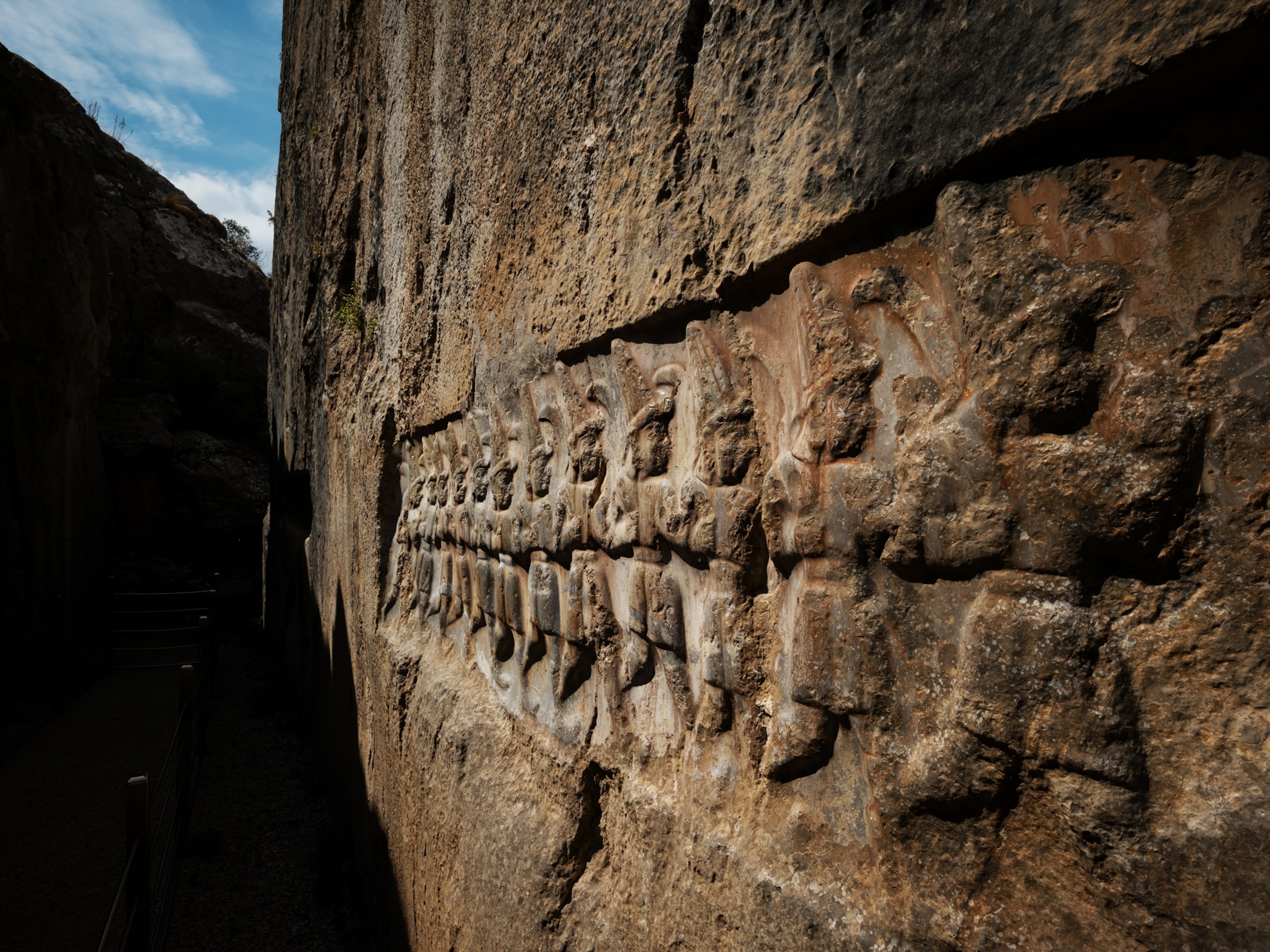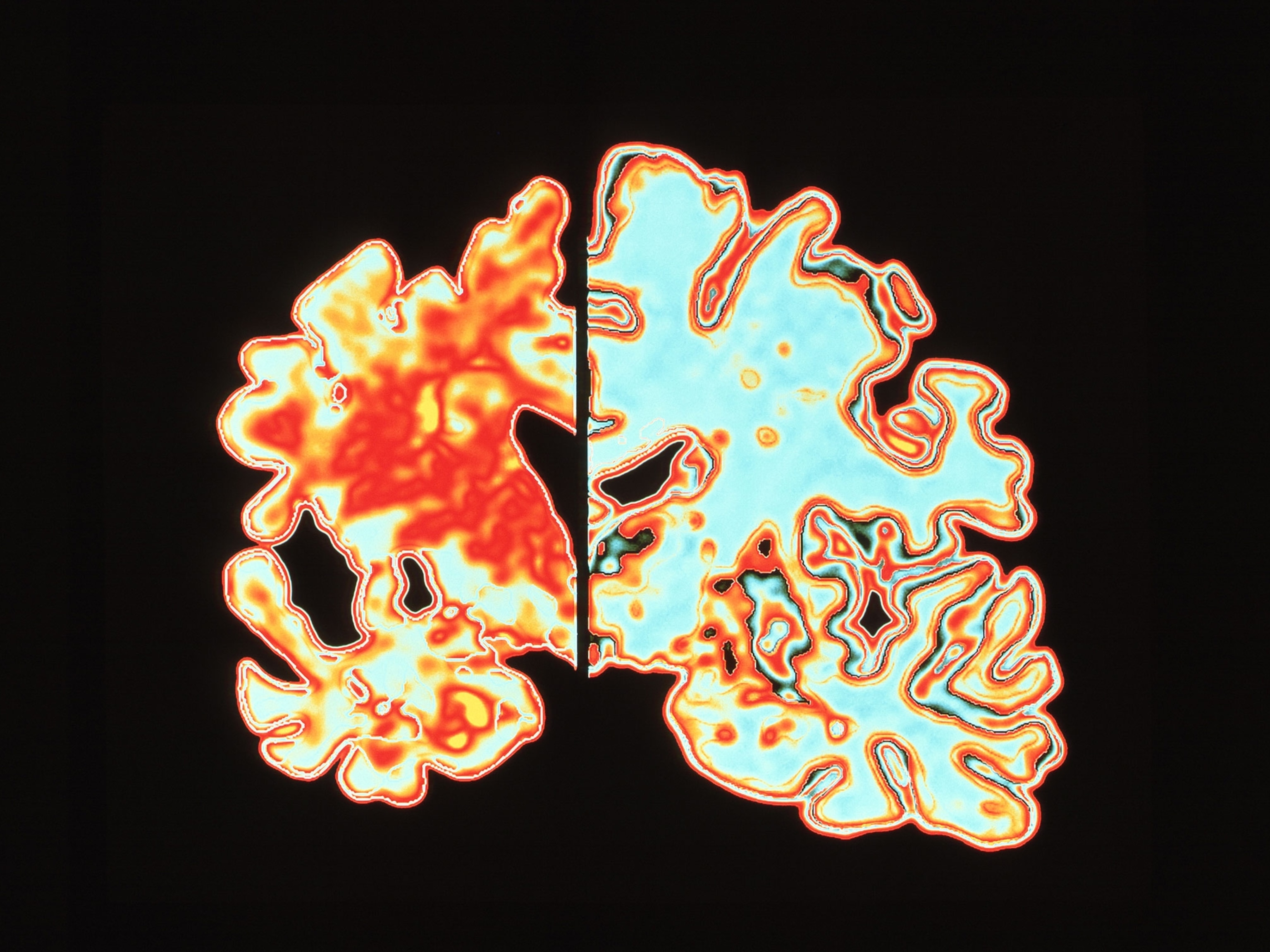A supermoon is an astronomical phenomenon in which Earth’s moon is full, on the opposite side of the Earth from the Sun (a state called syzygy), and at its closest point to the planet (a state called perigee).
The coincidence of these lunar events usually only happens occasionally, even as infrequently as once a year.
Scientifically referred to as a perigee-syzygy moon, a supermoon can appear up to 14% larger and 30% brighter than a full moon at apogee, or the point when it’s furthest away from the Earth.
The colloquial term “supermoon” was created in 1979 by Richard Nolle, an American astrologist. He claimed the lunar event would cause natural disasters; however, this prediction is unfounded.





